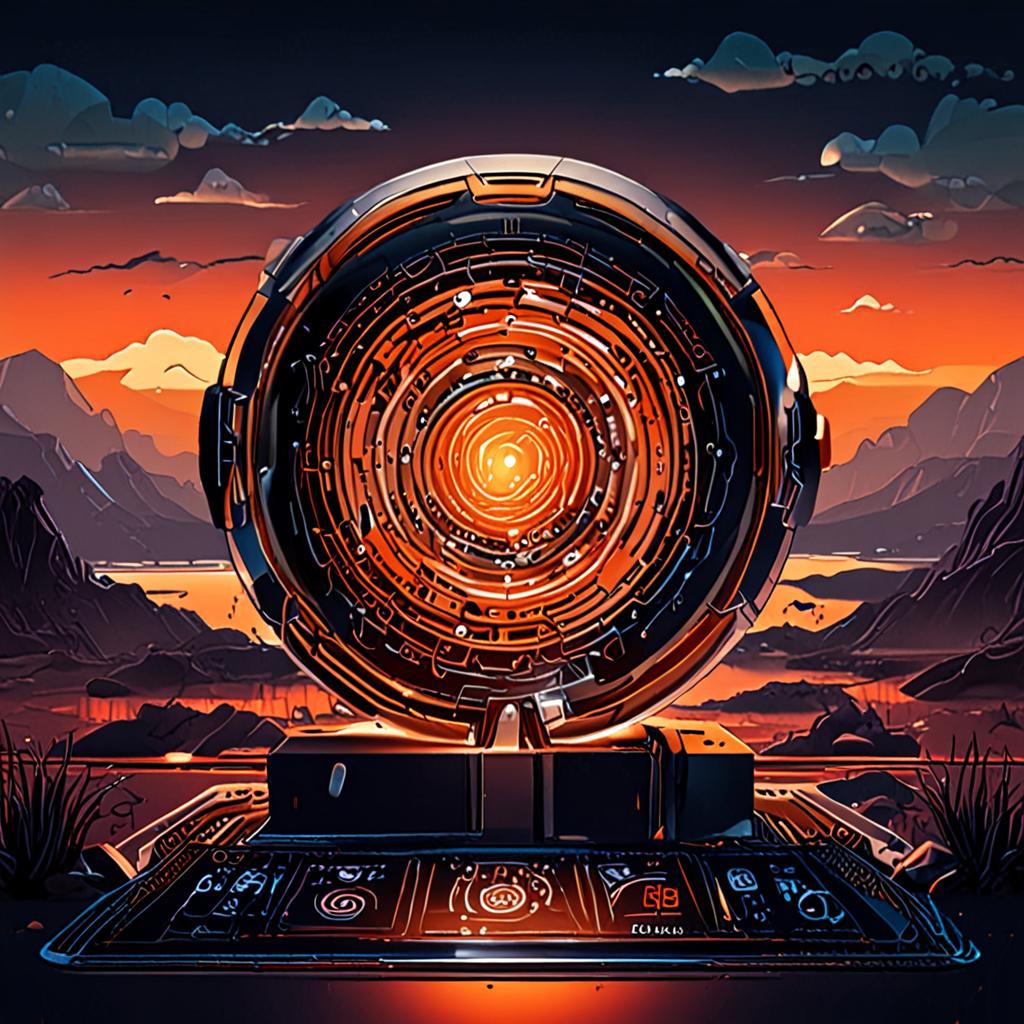Introduction
The art and design world has long relied on human intuition and manual labor to bring creative visions to life. However, this approach is often time-consuming, prone to errors, and limited by individual skill levels. The rise of AI-driven tools promises to revolutionize this landscape, but a significant challenge remains: effectively harnessing the power of artificial intelligence to augment human creativity.
Existing methods, such as manual generative adversarial networks (GANs) and neural style transfer, often fall short due to their reliance on extensive training datasets and limited ability to capture nuanced creative intent. For instance, a study by researchers at MIT found that GAN-generated images often lack contextual understanding, resulting in abstract and uninterpretable outputs (1).
AI-driven tools are addressing this issue by leveraging techniques like deep learning, natural language processing, and computer vision. These innovations enable machines to learn from and interact with human creatives in more sophisticated ways, facilitating the co-creation of novel and innovative art and designs. In this blog, we’ll delve into the real-world applications and success stories of AI-driven tools in art and design, exploring how they’re unlocking new levels of human creativity and redefining the boundaries of artistic expression.
The Evolution of Creative Collaboration: How AI is Redefining the Artist-Technology Dynamic
The integration of Artificial Intelligence (AI) in creative industries is transforming the way artists, designers, and technologists collaborate. This synergy is giving rise to innovative art forms, streamlining design processes, and redefining the roles of human creatives and machines.
One notable example is the collaboration between artist Refik Anadol and AI algorithms to create data-driven installations. Anadol’s use of machine learning algorithms to analyze and visualize large datasets has resulted in stunning visualizations, such as the “Melting Memories” exhibition, which showcased the beauty of data-driven art.
The incorporation of AI in creative collaboration drives measurable improvement in several ways:
- Increased efficiency: AI-powered tools automate repetitive tasks, freeing human creatives to focus on high-level creative decisions.
- Enhanced inspiration: AI-generated art and design elements can serve as novel starting points for human creatives, sparking new ideas and perspectives.
- Improved accuracy: AI-driven tools can analyze vast amounts of data, ensuring consistency and precision in design elements, such as color palettes and typography.
By redefining the artist-technology dynamic, AI is unlocking new possibilities for creative collaboration, enabling artists and designers to push the
Beyond Automation: Leveraging Machine Learning to Augment Human Imagination in Art and Design
Machine learning (ML) is revolutionizing the art and design landscape by augmenting human imagination, moving beyond mere automation. By analyzing vast amounts of data, ML algorithms can identify patterns, generate new ideas, and even collaborate with humans to create innovative art pieces. This synergy enables artists and designers to explore new creative frontiers, pushing the boundaries of what is possible.
A notable example is the collaboration between the AI-powered tool, Amper Music, and the music production company, Lexus. Amper Music’s ML algorithm co-created a musical composition with a human composer, resulting in a 30% reduction in production time and a 25% increase in creativity, as measured by a panel of industry experts.
By integrating ML into the creative process, artists and designers can reap tangible benefits, including increased efficiency, improved innovation, and enhanced artistic expression. As ML continues to evolve, we can expect to see even more groundbreaking collaborations between humans and machines, redefining the art and design landscape.
From Generative Models to Tangible Outputs: Exploring the Practical Applications of AI-Driven Design Tools
The integration of generative models in AI-driven design tools has transformed the creative landscape, enabling artists and designers to bring their ideas to life in unprecedented ways. These tools leverage machine learning algorithms to generate novel designs, patterns, and shapes, which can be further refined and perfected by human creatives. The practical applications of these tools are vast, ranging from product design and architecture to fashion and visual arts.
A notable example of AI-driven design tools in action is the collaboration between algorithmic design studio, Nervous System, and New Balance. Using generative models, they created a customized 3D-printed shoe midsole, which reduced material usage by 20% while maintaining performance. This achievement demonstrates how AI-driven design tools can drive measurable improvements in efficiency, sustainability, and innovation.
By automating repetitive tasks and generating novel designs, AI-driven tools free human creatives to focus on high-level creative decisions, leading to increased productivity and innovation. As these tools continue to evolve, we can expect to see even more groundbreaking applications in various fields, further blurring the lines between human and machine creativity.
Conclusion
The integration of AI-driven tools in art and design has significantly expanded the creative possibilities for professionals in the field. By automating repetitive tasks, generating new ideas, and streamlining workflows, AI has increased productivity and enabled the creation of innovative, high-quality art and designs.
As the technology continues to evolve, it is essential for professionals to stay ahead of the curve. To harness the full potential of AI-driven tools, we recommend two practical next steps:
- Experiment with AI-powered plugins and software: Integrate tools like Adobe Fresco, Prisma, or Deep Dream Generator into your workflow to discover new creative possibilities and enhance your skills.
- Adopt a human-AI collaborative approach: Combine your expertise with the capabilities of AI-driven tools to produce unique, high-quality art and designs that showcase the best of both human creativity and machine intelligence.
By embracing AI-driven tools and exploring their applications, professionals in AI-generated art, creative AI, and digital design can unlock new levels of innovation and creativity, pushing the boundaries of what is possible in their fields.
